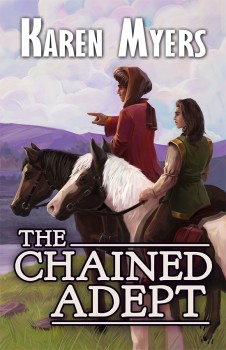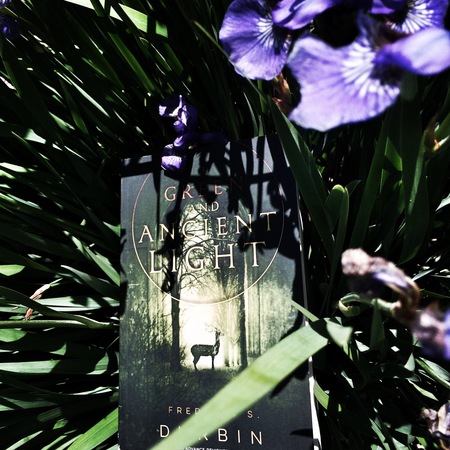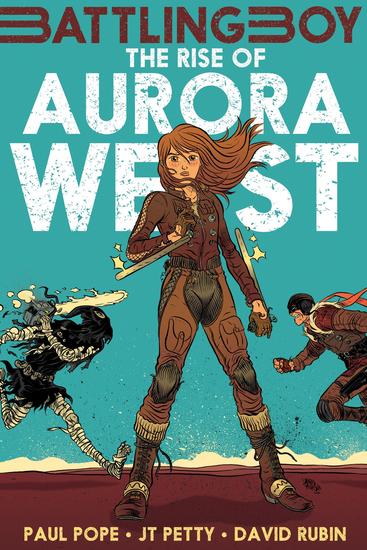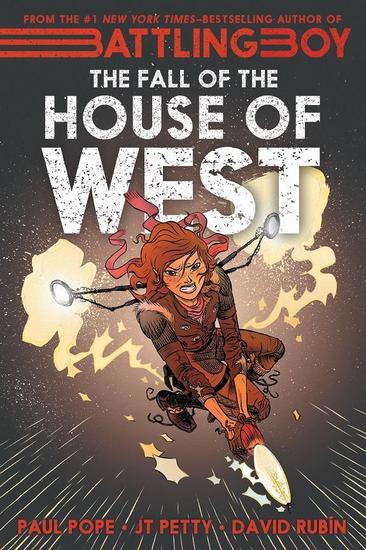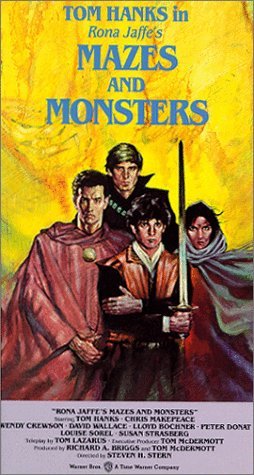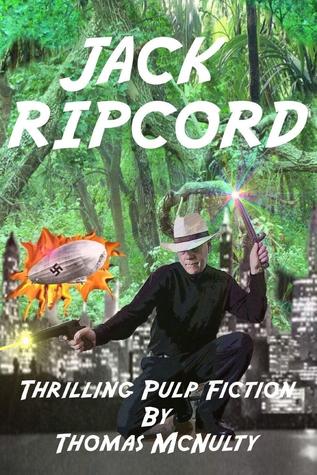Lyonesse: Suldrun’s Garden by Jack Vance
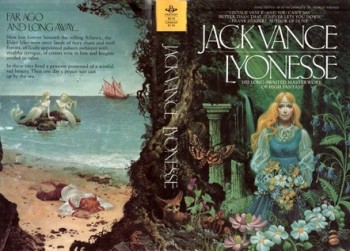 Lines from the song “Comedy Tonight” from A Funny Thing Happened on the Way to the Forum sprung to mind numerous times this past week while I was reading Jack Vance’s Lyonesse: Suldrun’s Garden (1983). While definitely not a comedy, it is by turns familiar and peculiar, convulsive and repulsive, as well as dramatic and frenetic. And sometimes, very funny. It is also one of the most inventive, strange, and bewitching books I have had the joy to read.
Lines from the song “Comedy Tonight” from A Funny Thing Happened on the Way to the Forum sprung to mind numerous times this past week while I was reading Jack Vance’s Lyonesse: Suldrun’s Garden (1983). While definitely not a comedy, it is by turns familiar and peculiar, convulsive and repulsive, as well as dramatic and frenetic. And sometimes, very funny. It is also one of the most inventive, strange, and bewitching books I have had the joy to read.
His first collection, the fantasy classic The Dying Earth (which you can read about in John O’Neill’s post here), helped make Vance’s early reputation as a writer of lapidarian prose, cynical wit, and above all as an inventor of incredibly original cultures, worlds, and characters. For the next three decades of his career he seemed to eschew straight fantasy, and most of his published work was science-fiction and mysteries. In 1983, though, he released a lengthy work of fantasy, Lyonesse: Suldrun’s Garden (L:SG). It rapidly shifts from studies of realpolitik, to fey whimsy, to dark violence that might make George R.R. Martin blush, yet it’s never jarring but completely complementary and intoxicating.
Over the following six years he added two sequels, The Green Pearl (1985), and Madouc (1989). With the latter, Vance beat out Gene Wolfe, Tim Powers, and Jonathan Carroll, among others, to win the 1990 World Fantasy Best Novel Award.
In European legend, both the lands of Lyonesse and Hy Brasil, as well as the city of Ys, sank beneath the sea. In Vance’s novel they are found among the “Elder Isles, now sunk beneath the Atlantic, [which] in olden times were located across the Cantabrian Gulf (now the Bay of Biscay) from Old Gaul.”
